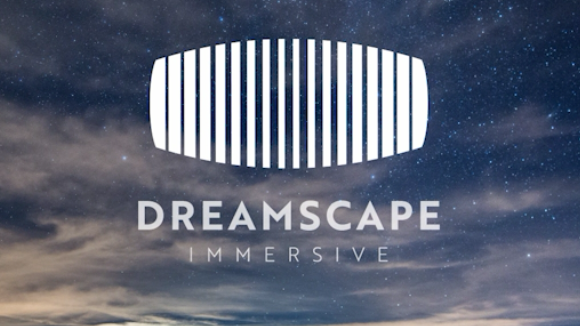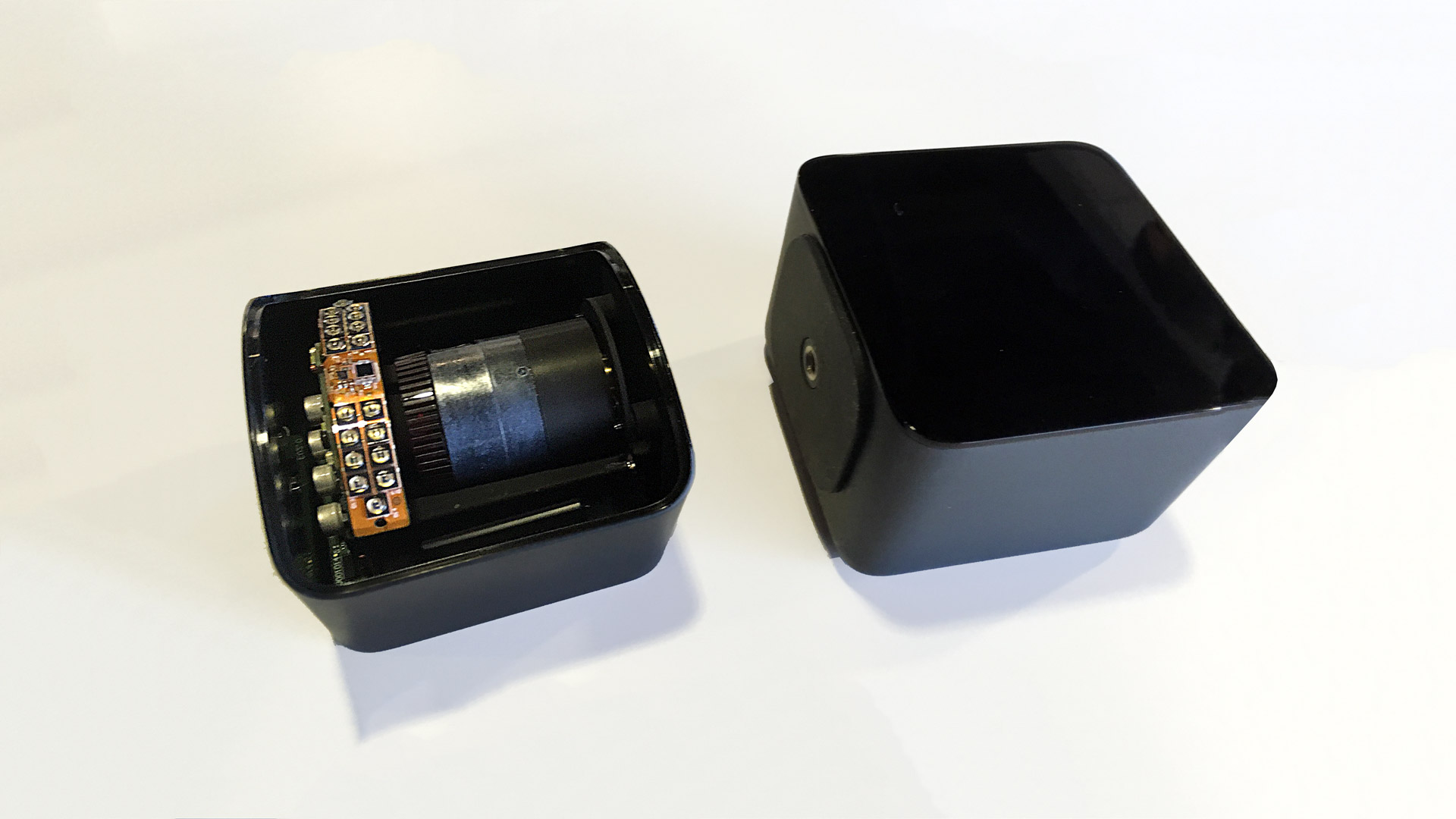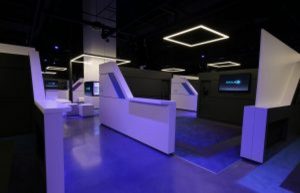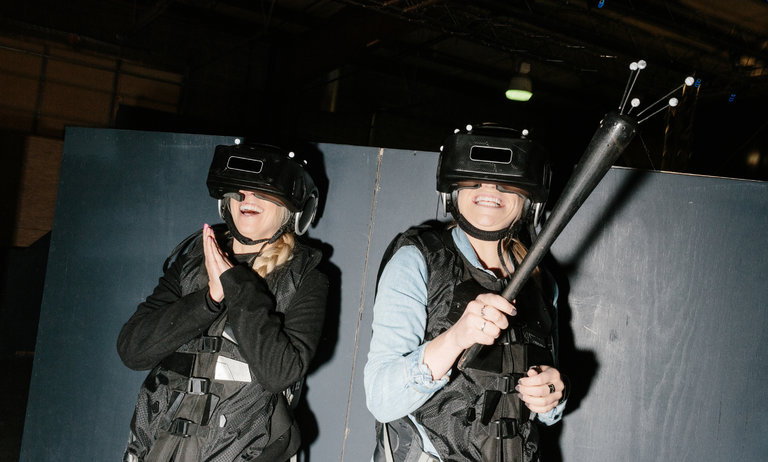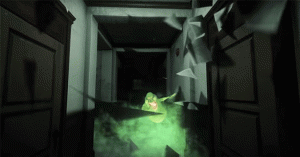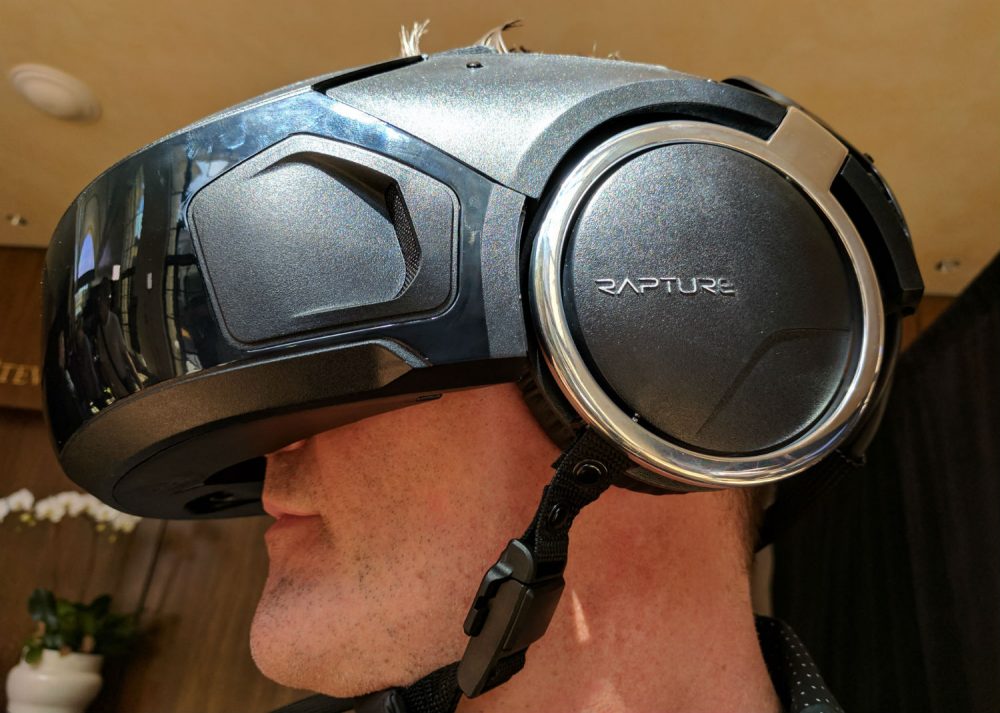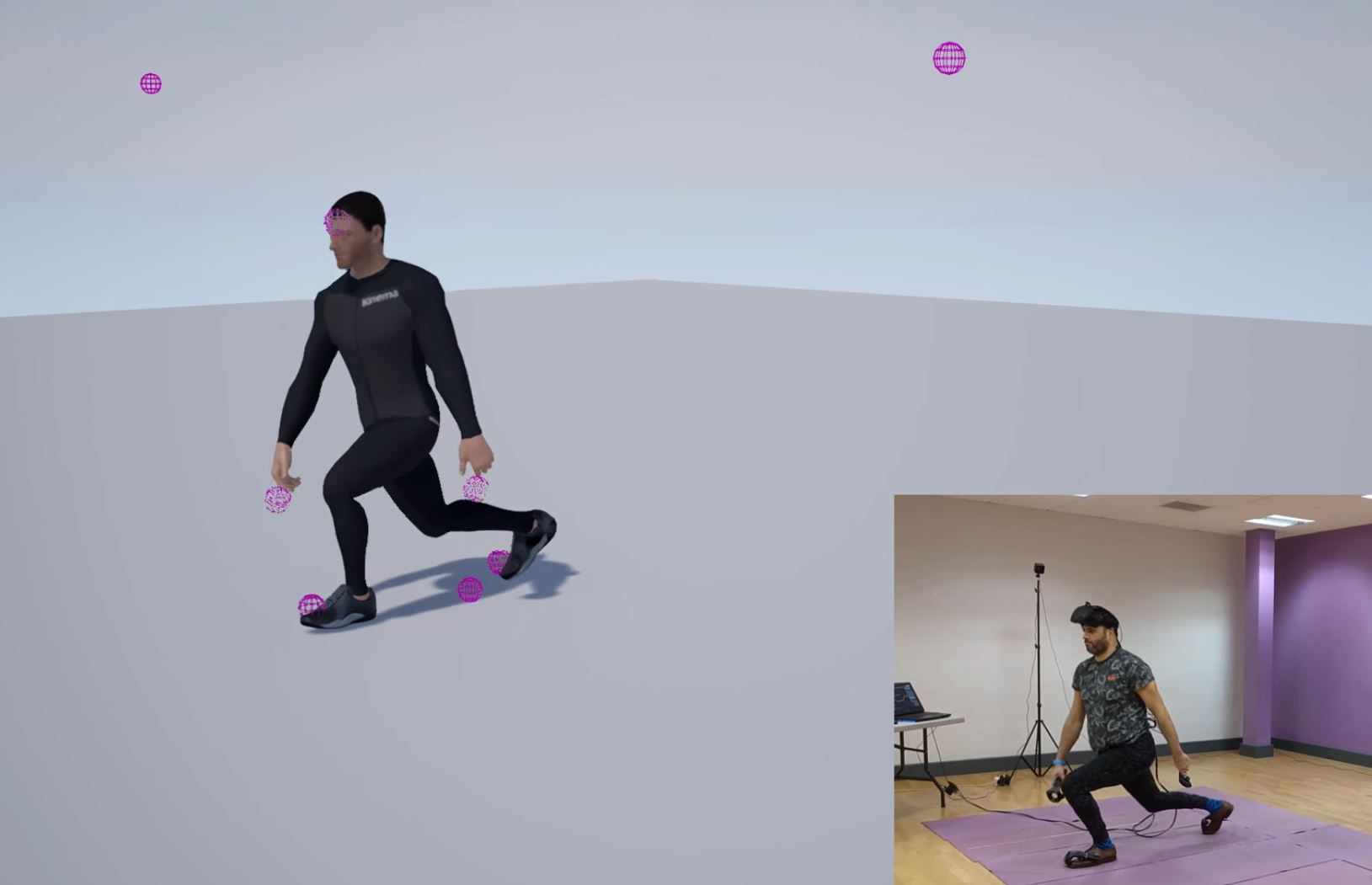This is the official iMyth review of the Zero Latency installation in Orlando Florida.
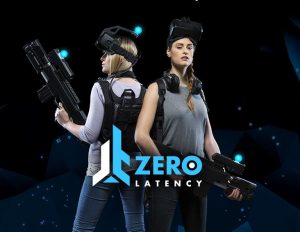
Zero Latency, from Melbourne Australia, is one of the pioneering companies producing a new media format which I like to call, “Immersive Experiences”. Companies such as Zero Latency, The Void, VRCade and Universal’s Halloween Horror Nights are the first companies to create immersive experience attractions where folks must leave their homes and quite often pay extra money in order to “experience” the attraction. These attractions boast the interactivity of video games, the narrative of film and the immersiveness of theme park attractions. Last year, Zero Latency created franchises in Melbourne, Tokyo, Madrid(?) and Orlando, Florida. The collaboration with “Big Event” in Orlando is the first US Zero Latency Installation. Let’s all hope they continue gaining momentum!
Zero latency deserves many accolades for creating a profitable business model from a technology that has only become publicly accessible in the last few years. Great job guys! I could not wait to give the experience a try. I brought my family, (wife and two teenagers) to share the experience. The facility inside Big Event was polished and clean. The experience went off without a hitch. Participating in the experience with multiple party members was a huge win. Zero Latency can support up to six participants at one time. The operators were friendly and polite and made the attraction enjoyable.
The gist of the experience is simple. You and your party are a future commandos stranded in a futuristic junk yard under the attack of zombies. Kill as many zombies as possible before they kill you. Participants are equipped with a variety of guns, each with its own strengths and weaknesses. Participants communicate via microphone headsets mounted in the HMD.
Each participant is donned with a backpack computer, a plastic gun and a head mounted display with audio headset. I originally thought the backpacks would impact the experience negatively. However, after a brief adjustment period, the backpack was not even noticed. The HMD was comfortable enough and the gun was not too heavy. The illusion of immersiveness was not negatively impacted by carrying the extra weight.
Regretfully, as far as the visual quality of the experience is concerned, Zero Latency has a long way to go before they deliver the promises of their name. The latency was poor and felt slow. There was poor one to one correspondence with head motion and what was displayed on the HMD. There were times the frame rate lagged so badly I thought the experience had stopped. Two of our party members became disoriented and dizzy. They left the experience nauseous. The VR representations of the guns were not good. The guns felt unresponsive. They were hard to load and operate since their response times were so long. Avatar hands operated the weapons. However, they were not tracked to my actual hands. This lack of correspondence contributed to the uncomfortable disorientation.
The play of the experience is a standard zombie shooter. The participants run around the scene shooting zombies while trying to avoid being overwhelmed by the monsters. The experience lasts for fifteen minutes. Aside from the mentioned visual problems, there were other immersive detractors. While the participants could hold onto their guns, there were no other physical objects to interact with. Once understood there were no physical boundaries, it was just too easy to walk through walls, other participants and the evil zombies. If I was crowded by a horde of bad guys, all I had to do was walk away. The story behind the experience was minimal. My wife complained she was bored. Fifteen minutes of only shooting zombies was probably too long for her. I myself noticed too many repeated characters, animations and set pieces. Participants can talk to each other through the earphone headsets. Regretfully there was no spatial association with the voices and the other participants. This made direct collaboration with other participants nearly impossible. This lack of collaboration combined with the insubstantiality of the environment made this a lonely experience.
Regretfully the overall experience felt like a very fancy but poorly executed video game. The visual quality had the stereotypical neon/dark rendering quality of the Unity game engine. Guns occasionally floated in the air without bodies attached to them. Not only could I travel through walls and other objects but the evil Zombies could as well. I wanted this experience to be more than just a video game but it seems that was the exact impact the creators were striving for.
After the experience, I had an opportunity to share the experience with my family. They thought the attraction was an interesting diversion. Regretfully, none wished for a repeat experience. Similarly, none of the teenagers said they would suggest the experience to their friends. I was very impressed by the professional level Zero Latency was able to present their experience. However, I did not feel the quality of the VR experience was as good. The tracking, latency and overall performance issues still need to be improved. I hope Zero Latency continuously strives to improve these as well as continue developing more robust, and enriching content. I really appreciate the amount of hard work required to bring this immersive experience to reality. I hope Zero Latency refines and polishes their technology and develops more robust and enriching experiences. I feel if they don’t continually strive to improve the quality of their experience, they will be seen as an early, but rather mediocre presentation of what this dynamic media has to offer.
